By Jack Vattelana
Sensō-ji, also known as Asakusa Kannon, is a venerable Buddhist temple situated in downtown Tokyo, in the bustling Asakusa district. The temple’s rich history traces back to 628 CE when a statue of Kannon was discovered in the Sumida River by two fishermen. It stands as Tokyo’s oldest temple and holds immense historical and cultural significance. The temple boasts a distinctive titanium roof that maintains its historical appearance.
Sensō-ji ranks as the world’s most frequented religious destination, attracting over 30 million visitors each year. Originally affiliated with the Tendai sect of Buddhism, it gained independence after the war. Despite facing destruction, Sensō-ji was rebuilt, symbolizing rebirth and peace for the Japanese people. The temple today serves as the focal point of Tokyo’s renowned Sanja Matsuri festival, celebrated over several days in late spring.
The main hall contains the statue of the Sacred Avalokiteśvara Bodhisattva, the goddess of mercy known as Kannon, to whom the temple is dedicated. In order to pray at the main hall, visitors are told to place their hands in the prayer position and say “Namu Kanzeon Bosatsu,” which means “I place my trust in Kannon Bodhisattva.” Kannon represents the compassion of all the Buddhas, and is described as having eleven heads and a thousand arms so that they can hear all cries and aid those who are suffering.
Within the arcades on the temple grounds, hundreds of shopping stalls can be found. In the courtyard, there are multiple small stalls in which visitors can receive a written fortune. Each visitor may give a donation of 100 yen and can ask the oracle for guidance on their questions on topics such as health, love, fortune and more. They then choose a drawer to open out of a hundred various drawers and will receive their answer.
The Sensō-ji Hospital Social Welfare Corporation, closely affiliated with the historic Sensō-ji Temple, is situated just behind the temple grounds. Its origins date back to 1910 when one of the temple’s halls was opened to offer assistance to victims of flooding in the Asakusa district. It is dedicated to helping those in need, within the local community by providing essential medical services. The mission of the hospital is tied to the deep values of compassion and embodiment of Kannon.
Media
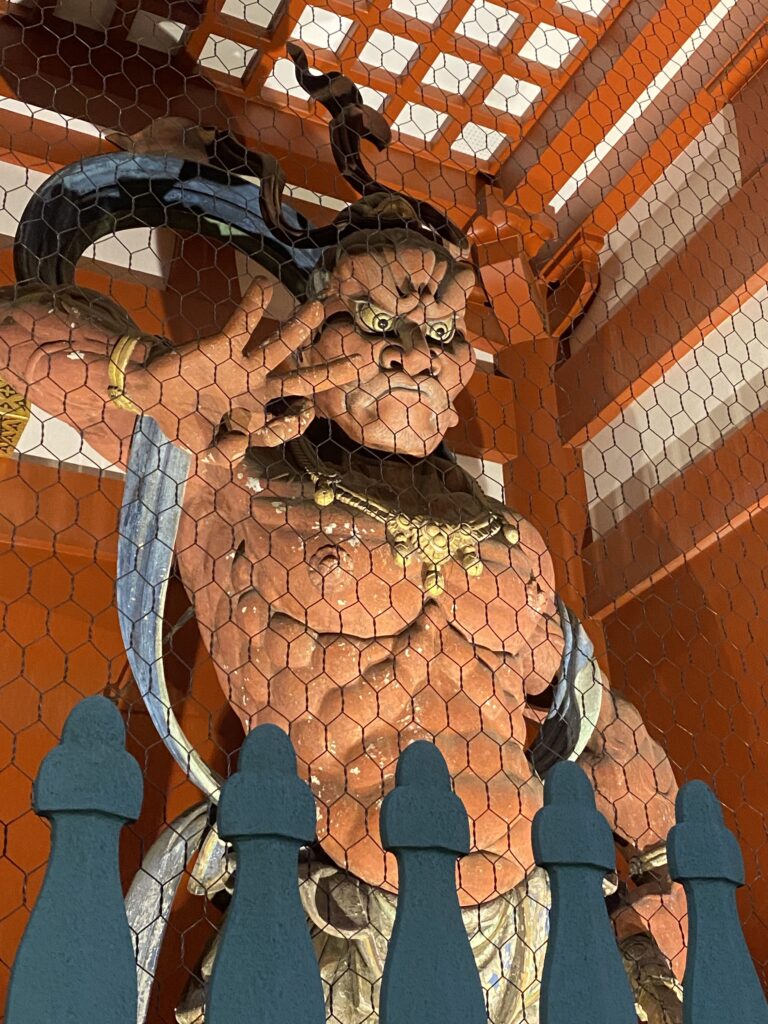
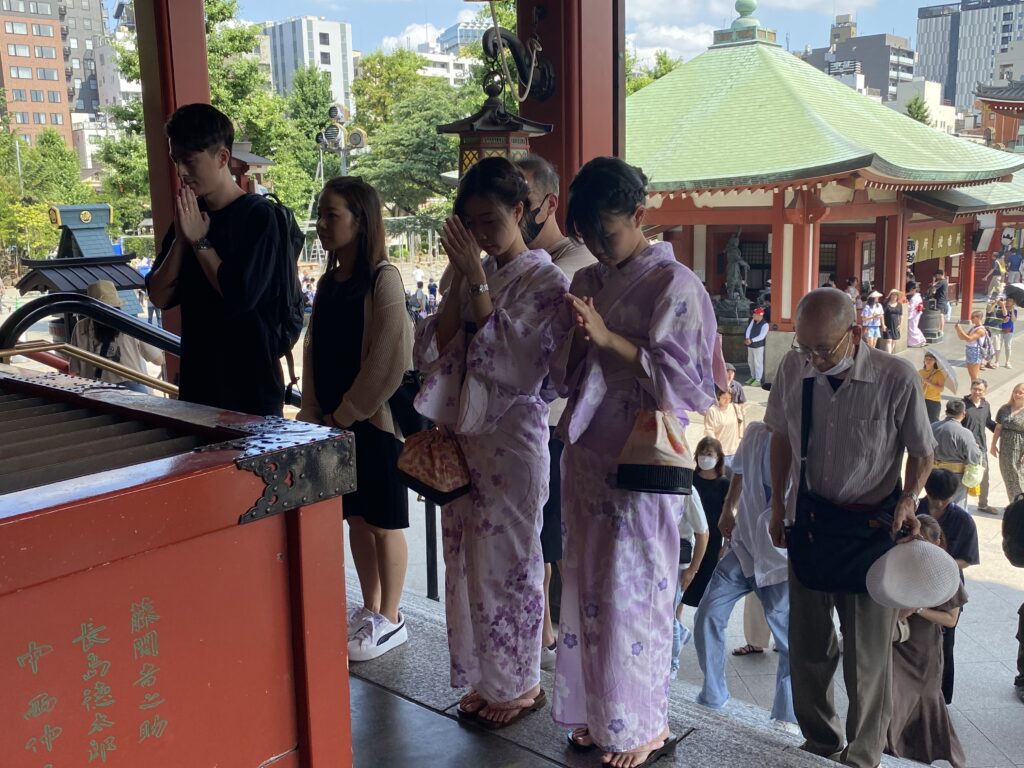
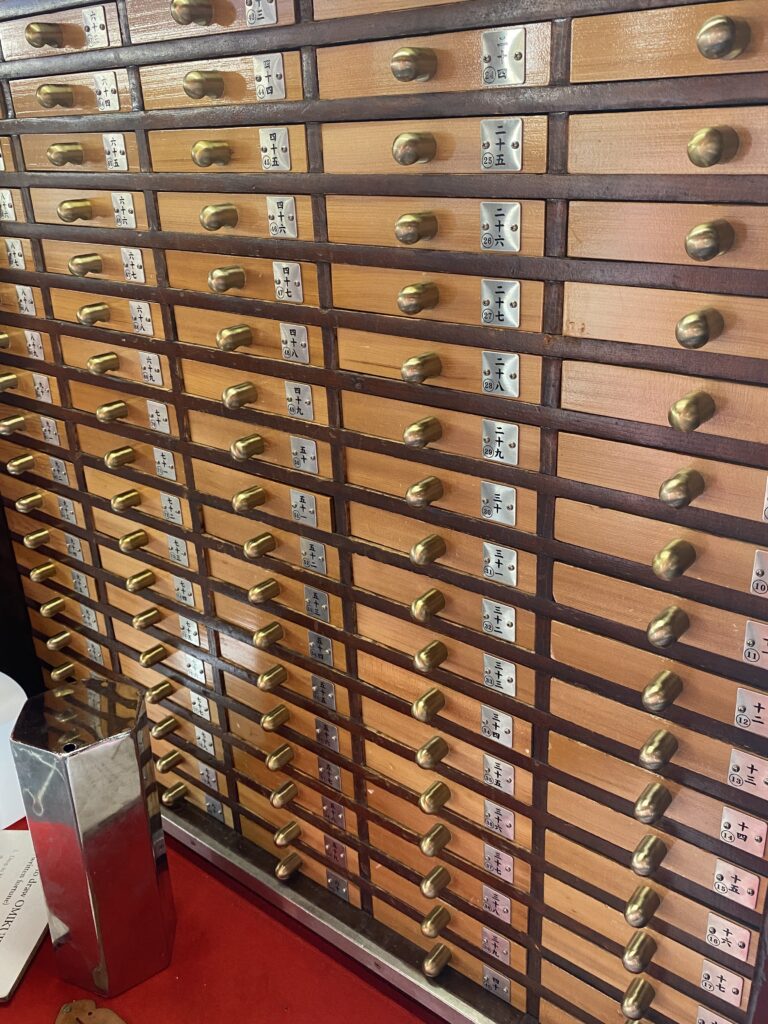
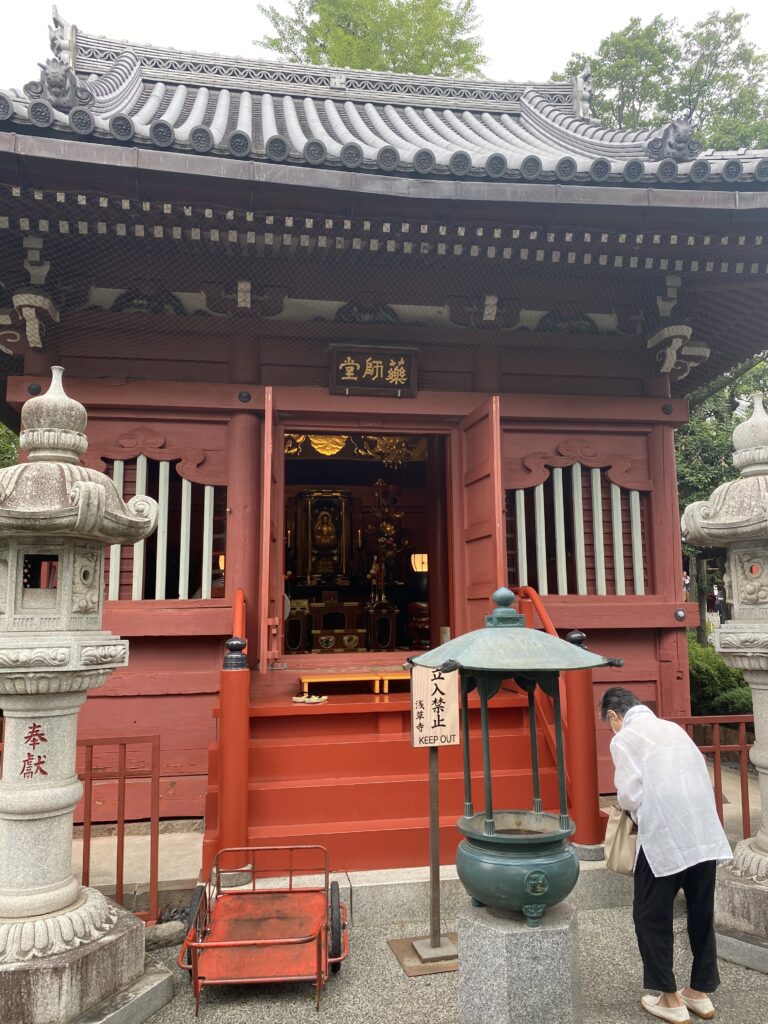
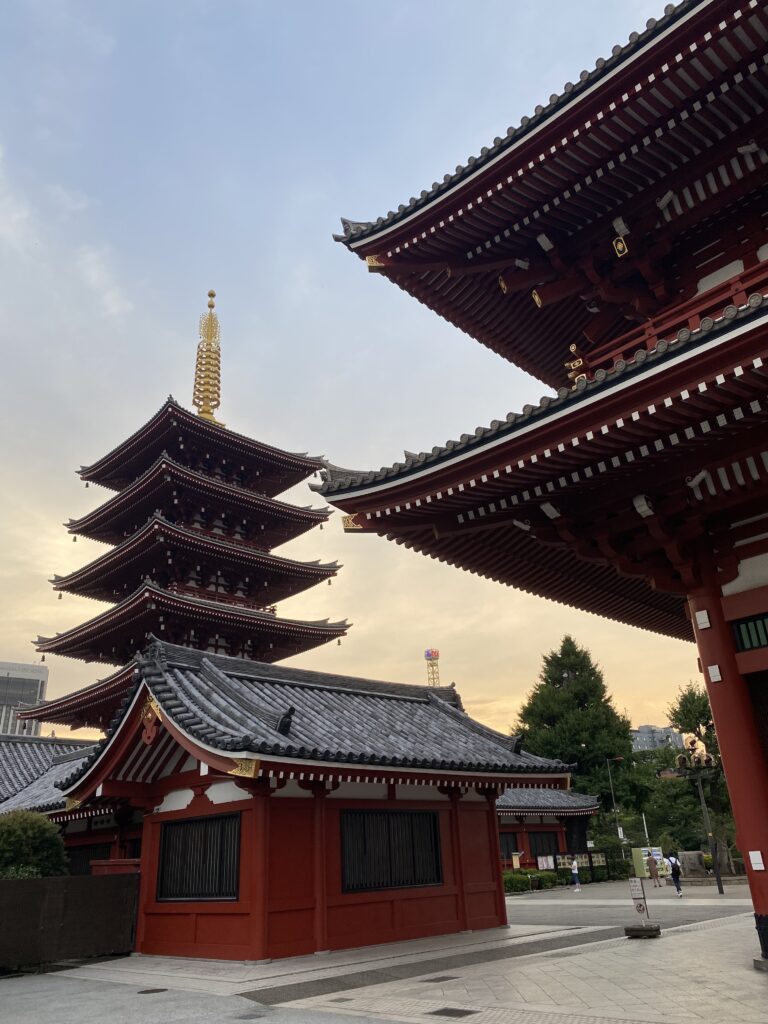
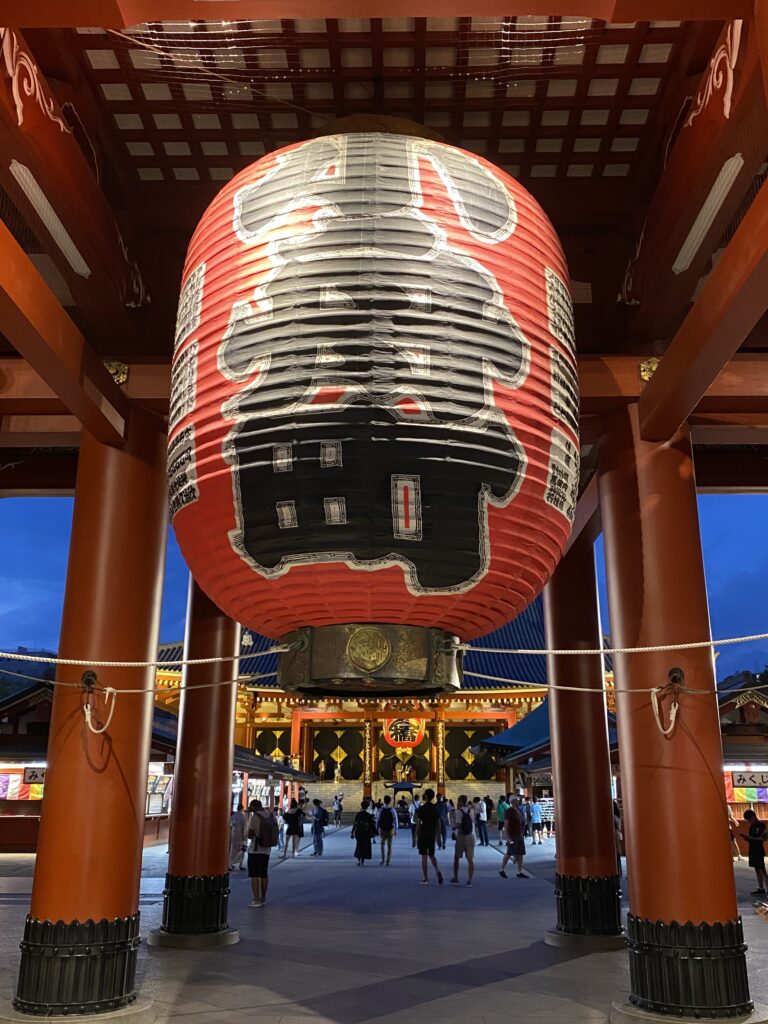
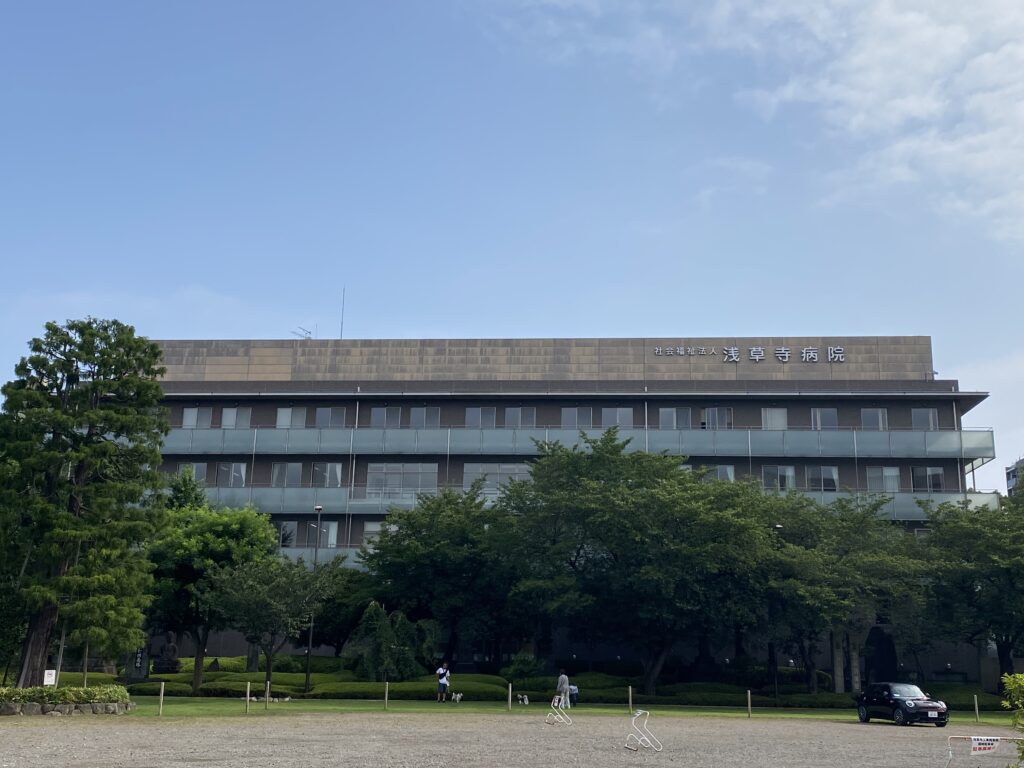
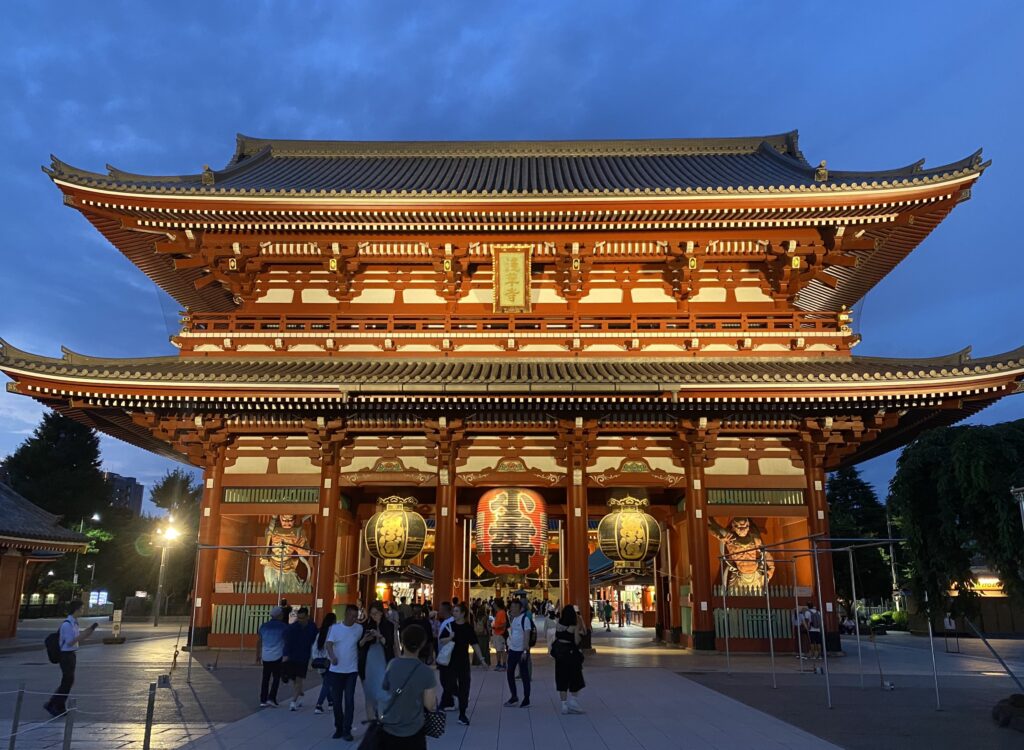
VR Tour
Click here to view the accessible version of this interactive content
Sources
Eiki, Hoshino. “Pilgrimage: Buddhist Pilgrimage in East Asia.” Encyclopedia of Religion, edited by Lindsay Jones, Macmillan Reference USA, 2005, pp. 7164-7166.
Horton, Sarah J. “Shinto.” Macmillan Encyclopedia of Death and Dying, edited by Robert Kastenbaum, vol. 2, Macmillan Reference USA, 2002, pp. 763-765.
Reader, Ian. “Constructing Identities through the Shikoku Pilgrimage.” Japanese Journal of Religious Studies, Vol. 8, No. 2, pg. 22.
Reader, Ian. Pilgrimage in the Marketplace. Routledge, 2016.
External Links
“History of Senso-Ji.” Asakusa Kannon Sensoji, www.senso-ji.jp/english/. Accessed 12 Nov. 2023.
Misato, Koshizuka. “The Five-Storied Pagoda of Sensoji Temple in Asakusa, Tokyo: Matcha – Japan Travel Web Magazine.” MATCHA, 2015, www.matcha-jp.com/en/1007.
